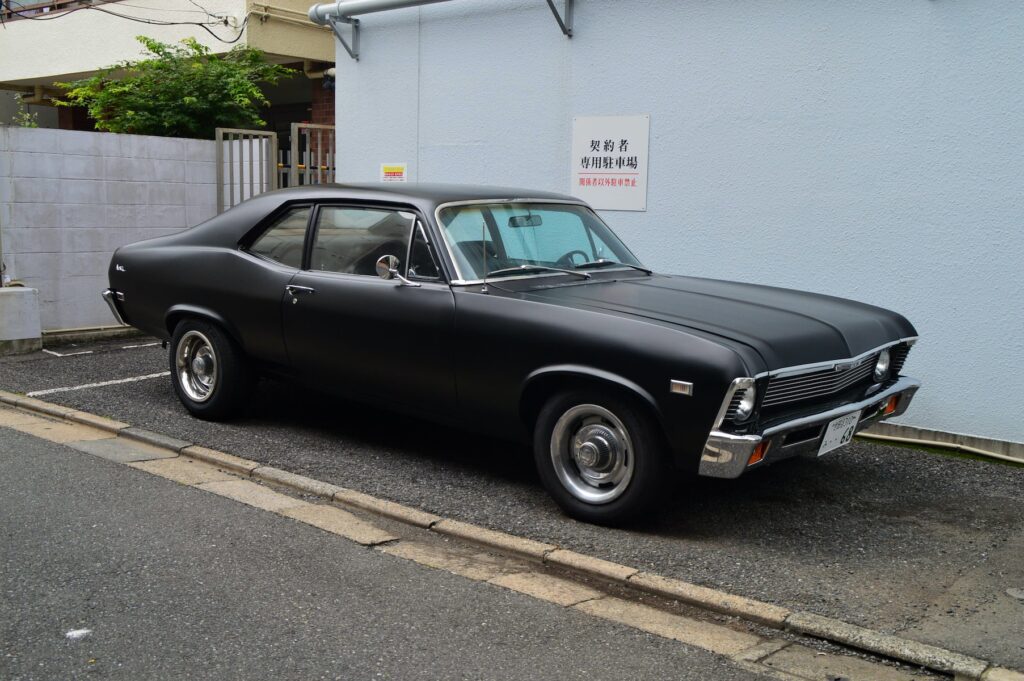
Transporting vintage and classic cars is not just a matter of logistics; it’s an art that requires meticulous care and attention. These vehicles are more than just modes of transportation—they represent pieces of history, craftsmanship, and personal value. Proper handling during transit is essential to preserve their condition and value. Vintage and classic cars often come with unique challenges that differ significantly from modern vehicles. Factors such as their age, rarity, and delicate components necessitate specialized transport methods to ensure they arrive at their destination in pristine condition. By the end of this article, you’ll be equipped with the knowledge to make informed decisions and ensure your classic car is transported with the utmost care.
Summary
Understanding the Unique Needs of Vintage and Classic Cars
A. What Defines a Vintage or Classic Car?
Vintage and classic cars are distinguished by their historical significance and unique characteristics. Generally, a vintage car is defined as one that is at least 20 years old, while classic cars are typically those over 25 years old, often with historical or collector value. These vehicles often have unique parts, outdated technology, and a delicate design that sets them apart from modern cars.
The classification of a car as vintage or classic can influence its insurance, restoration, and transport needs. For instance, classic cars often require specialized parts and expertise for any repairs or adjustments, which can affect how they are handled during transport.
B. Why Specialized Transport is Crucial
Transporting vintage and classic cars demands a higher level of care compared to modern vehicles. These cars often feature intricate designs and valuable components that are easily damaged. Specialized transport ensures that the vehicle is handled properly, reducing the risk of damage from external elements, rough handling, or improper loading and unloading.
Specialized transport services use enclosed carriers, padded straps, and other protective measures to safeguard these vehicles. Additionally, drivers experienced with classic cars are familiar with the specific handling techniques needed to avoid issues such as mechanical damage or interior deterioration.
Choosing the Right Transport Method
A. Open vs. Enclosed auto Transport
When transporting vintage and classic cars, choosing between open and enclosed transport is a critical decision.
Open Car Transport: This method involves transporting the vehicle on an open trailer exposed to the elements. While it is generally more cost-effective and suitable for many vehicles, it may expose classic cars to risks such as weather damage and road debris. Open transport is often used for more robust or less valuable vehicles.
Enclosed Auto Transport: Enclosed auto transport offers superior protection by shielding the car from environmental factors and road hazards. This method is ideal for vintage and classic cars, as it provides a controlled environment that helps prevent potential damage. Enclosed transport is typically more expensive but offers the peace of mind that your vehicle is secure and protected.
B. Professional vs. DIY Transport
Deciding whether to hire a professional transport service or attempt a DIY transport can significantly impact the outcome of your vehicle’s journey.
Professional Transport Services: Hiring experts ensures that your classic car is handled by trained professionals with experience in managing valuable and delicate vehicles. These services often include additional features such as insurance, tracking, and specialized equipment to ensure safe transport.
DIY Transport: Attempting to transport a classic car yourself can be cost-saving but comes with risks. It requires significant planning, proper equipment, and experience to handle the vehicle safely. Without the proper resources, there is a higher chance of encountering issues such as damage or delays.
Case Study: Successful Transport of a Classic Car
Case Study Overview:
- Client: A classic car collector needing transport for a 1965 Shelby Cobra.
- Challenge: The vehicle was highly valuable and required delicate handling due to its age and rarity. Additionally, the client had a tight deadline for the delivery.
- Solution: Navi Auto Transport used an enclosed carrier equipped with custom padding and experienced drivers familiar with handling high-value classic cars. The transport was scheduled with precise timing to ensure timely delivery.
- Outcome: The car arrived at its destination without any damage, and the client praised the service for its professionalism and attention to detail.
Details:
- Preparation: Detailed inspection and preparation before loading.
- Transport: Use of specialized equipment and enclosed transport to protect the vehicle.
- Delivery: Timely and safe delivery with real-time tracking updates.
This case study highlights Navi Auto Transport’s expertise in handling classic cars, ensuring they arrive in pristine condition.
Common Issues and How to Solve Them
A. Handling Damage During Transport
Potential Issues:
- Scratches and Dents: Classic cars are prone to cosmetic damage from minor impacts or rough handling.
- Mechanical Issues: Older vehicles may experience issues due to vibrations or improper securing.
Solutions:
- Pre-Transport Inspection: Conduct a thorough inspection to document the car’s condition and address any existing issues.
- Proper Securing: Use padded straps and secure loading techniques to prevent movement and damage during transit.
- Insurance: Ensure the vehicle is covered by insurance that specifically addresses vintage and classic cars.
B. Dealing with Delays and Scheduling Conflicts
This section provides strategies for managing delays and scheduling conflicts that can arise during the transport process.
Potential Issues:
- Weather Delays: Severe weather can impact delivery times and vehicle safety.
- Logistical Conflicts: Scheduling issues can lead to delays or disruptions in the transport timeline.
Solutions:
- Contingency Planning: Build flexibility into your schedule to accommodate potential delays.
- Regular Updates: Maintain communication with the transport provider for real-time updates on any changes or issues.
- Tracking Systems: Use tracking systems to monitor the vehicle’s location and anticipate potential delays.
Conclusion
Transporting vintage and classic cars requires a high level of care and expertise due to their unique value and delicate nature. Understanding the specific needs of these vehicles, selecting the appropriate transport method, and addressing potential issues are crucial steps in ensuring their safe and timely delivery.
Choosing the right transport service not only protects your investment but also ensures peace of mind throughout the transport process.
